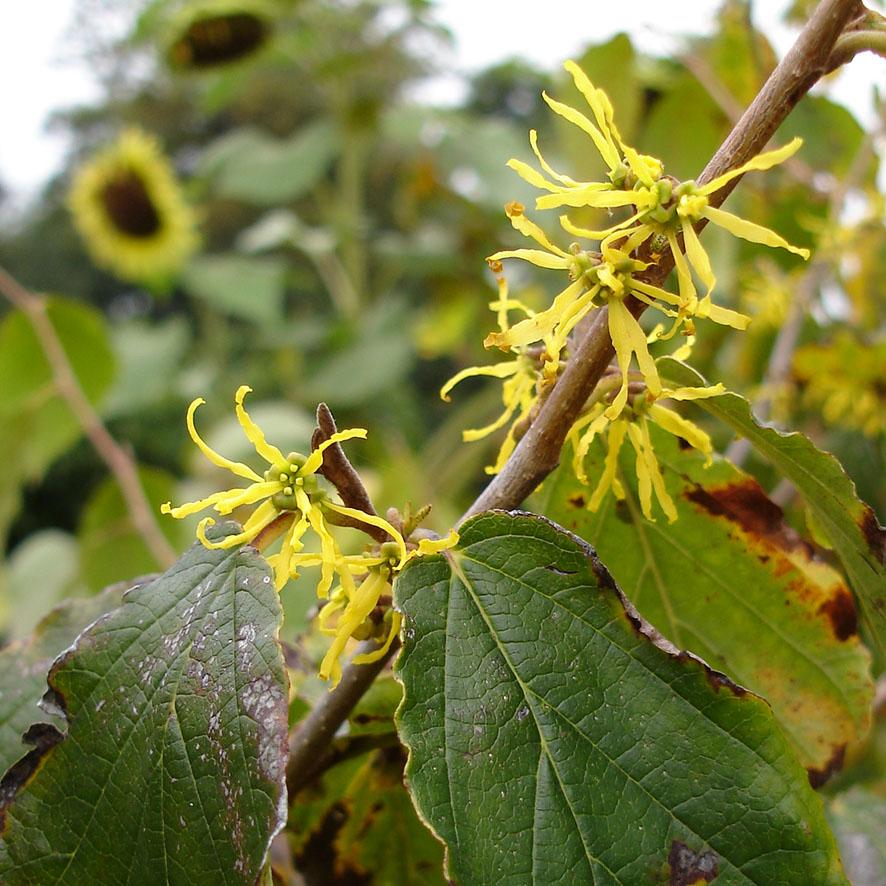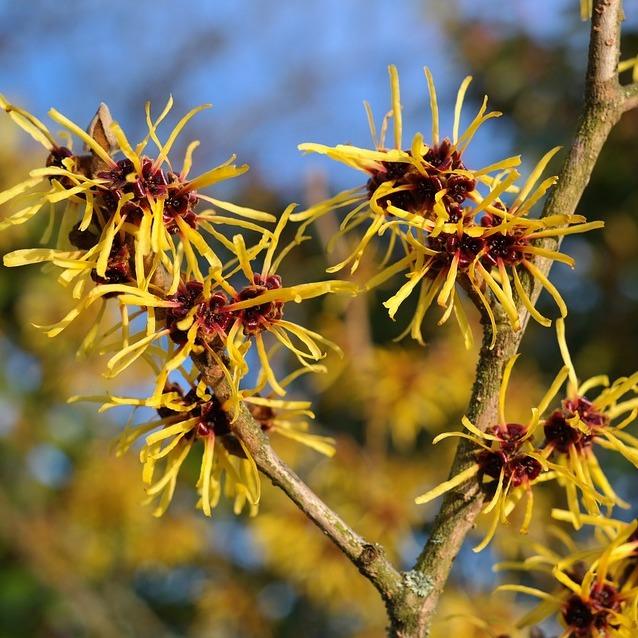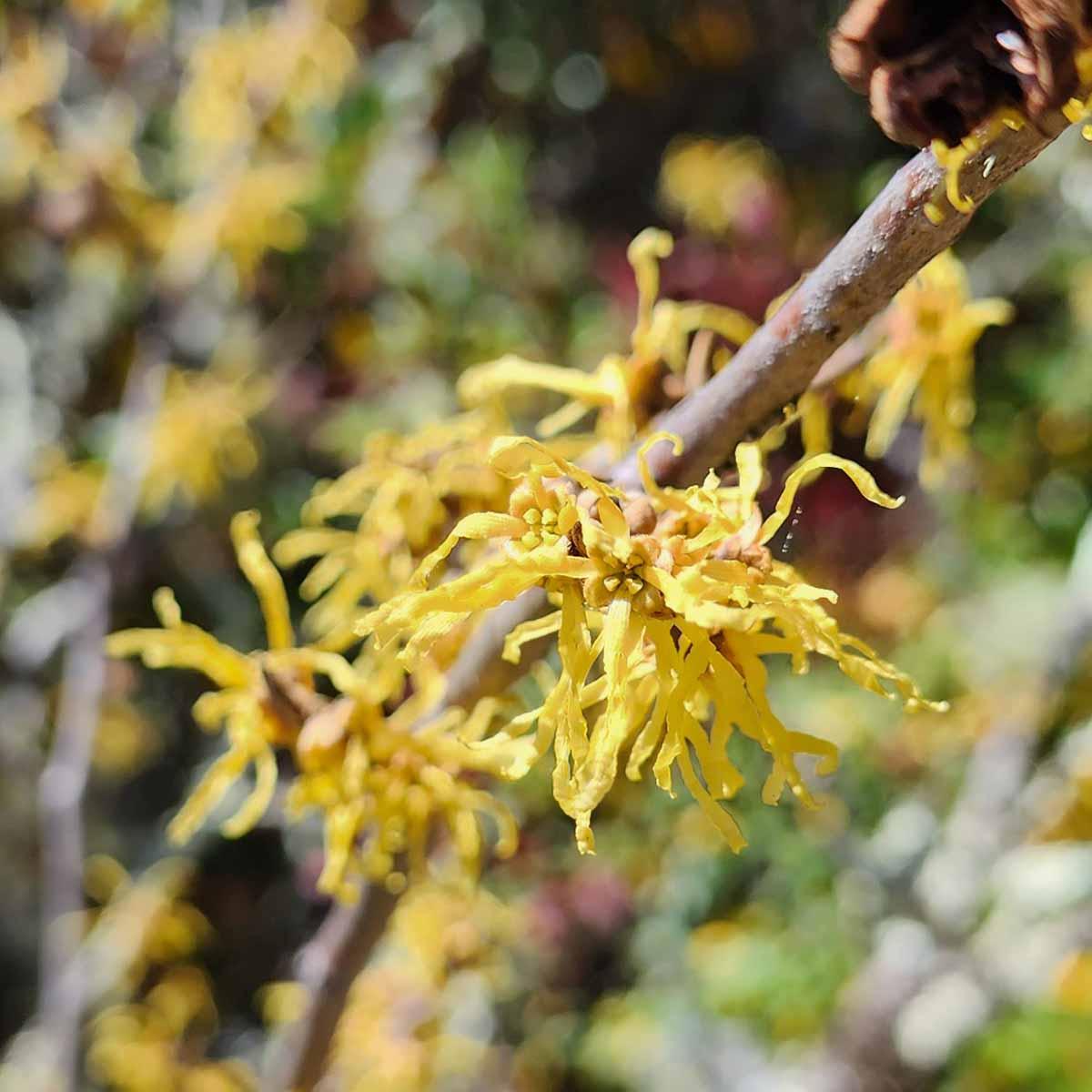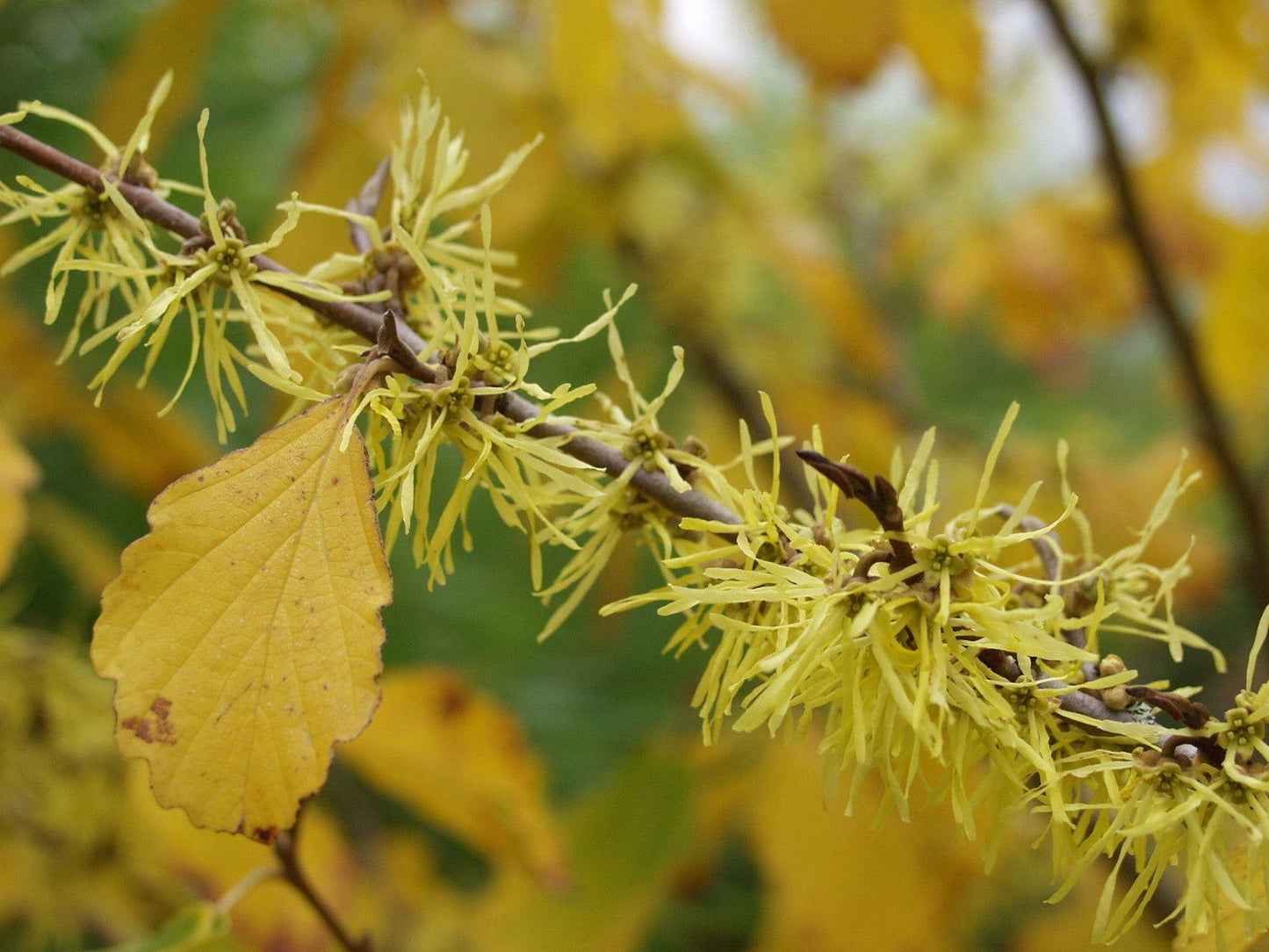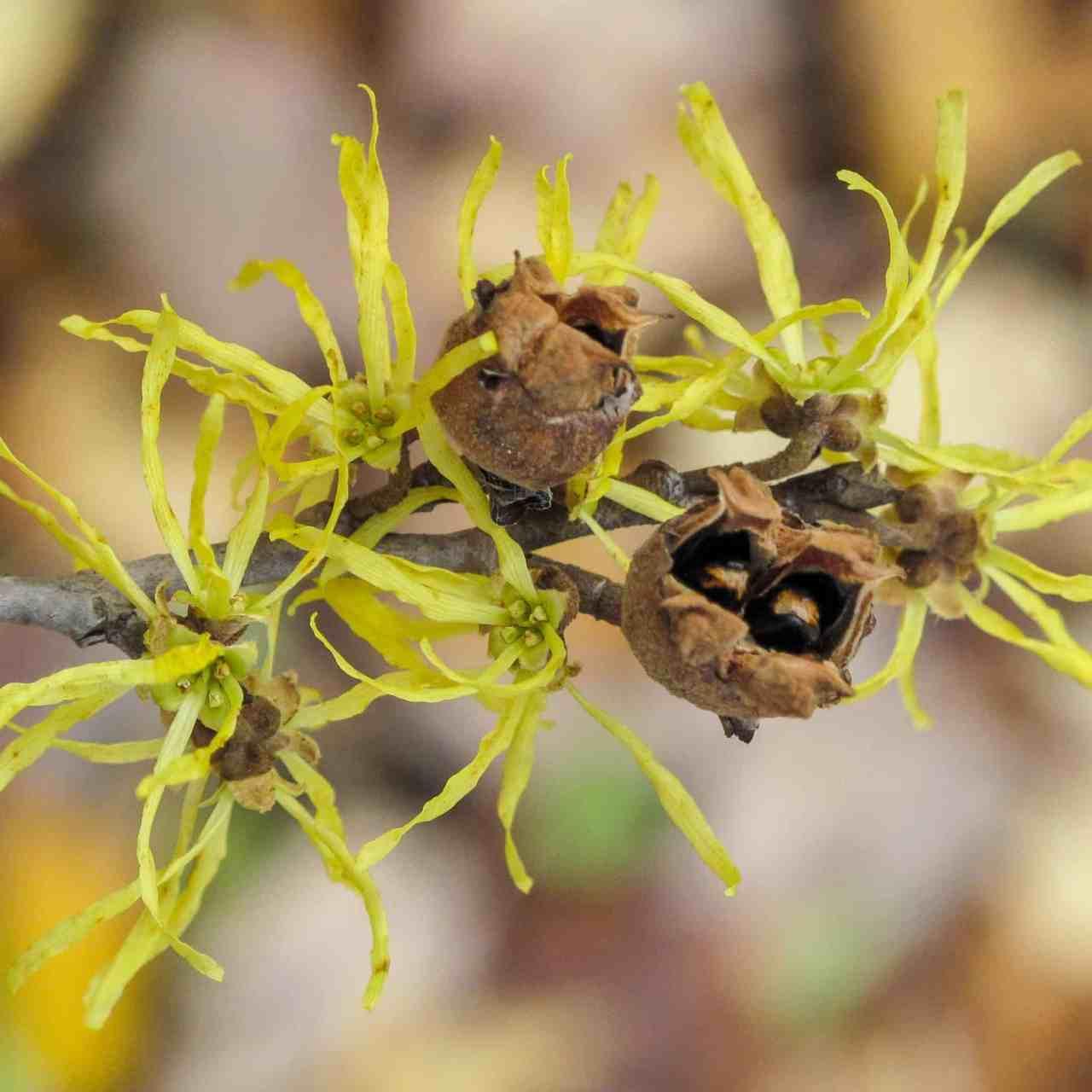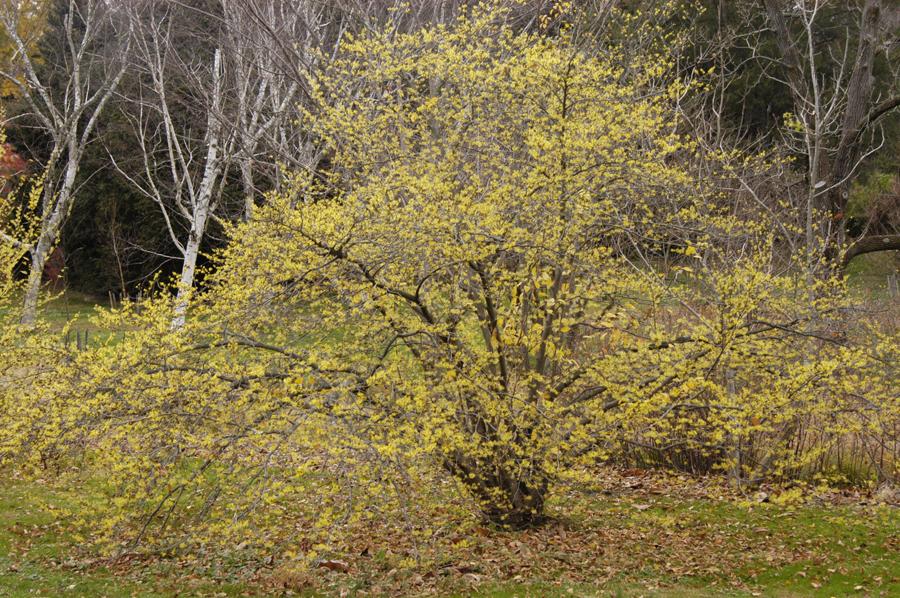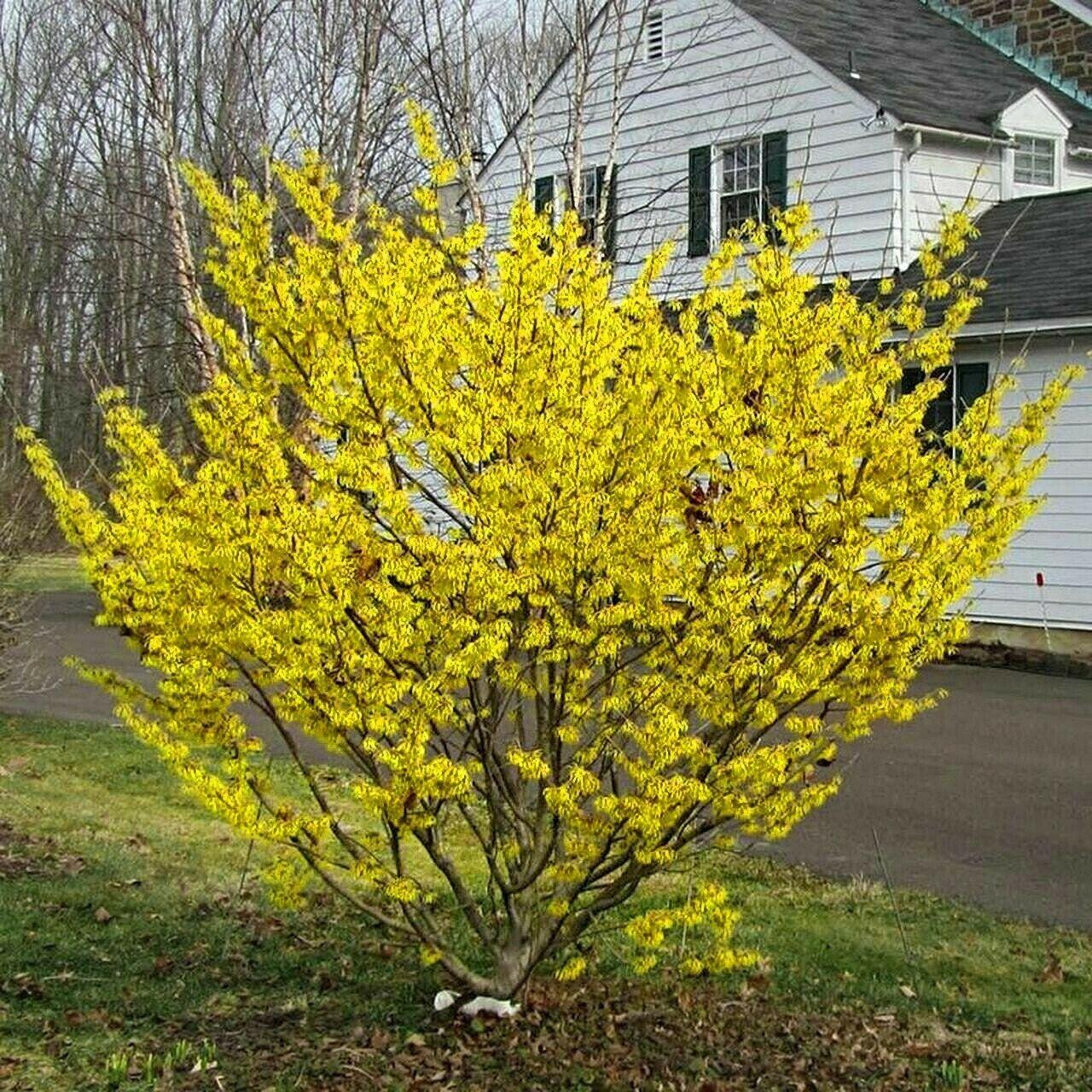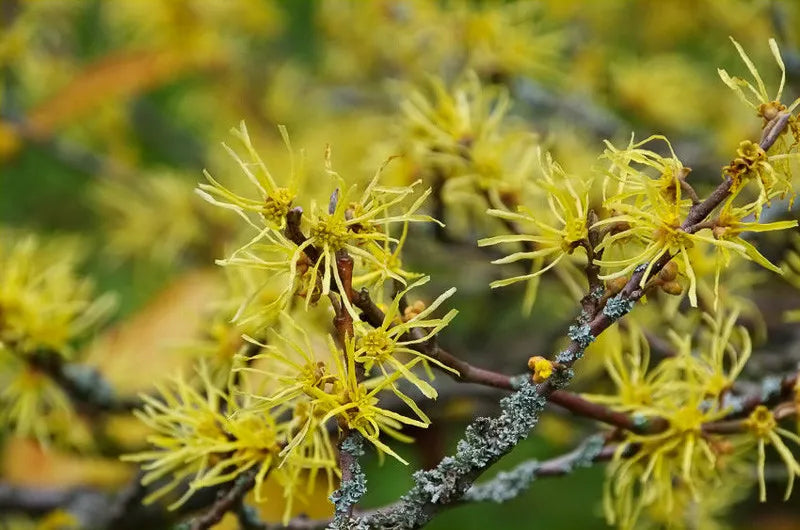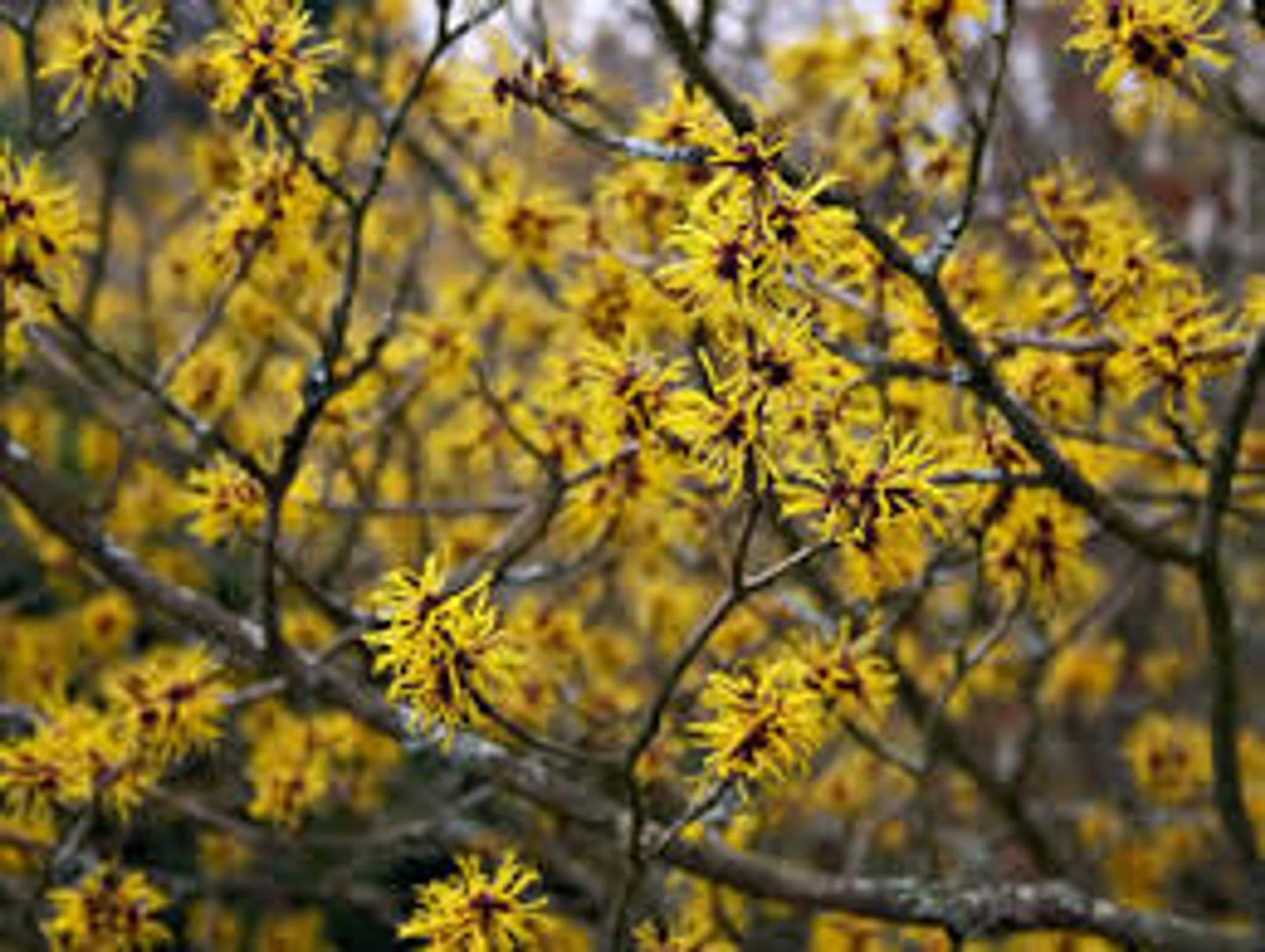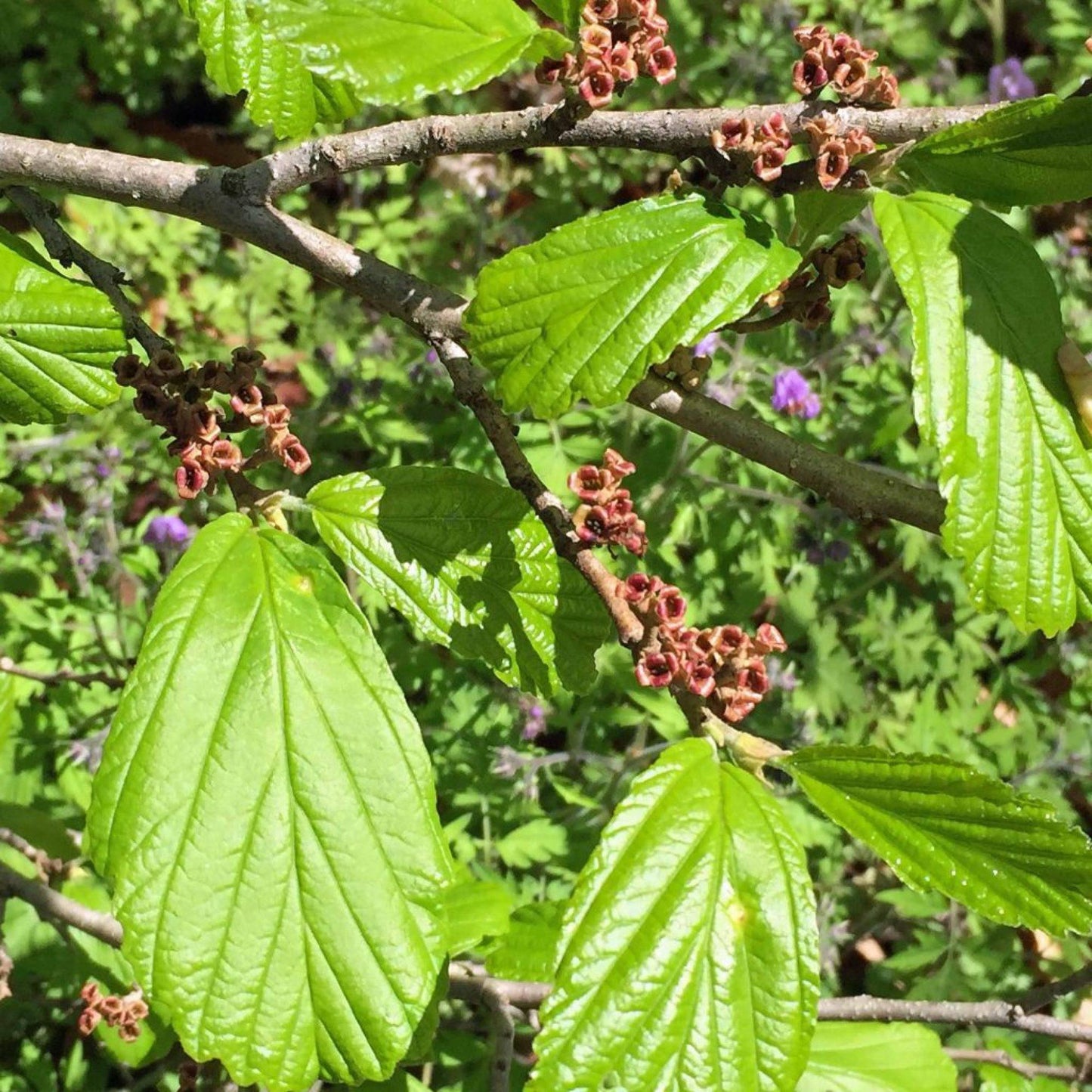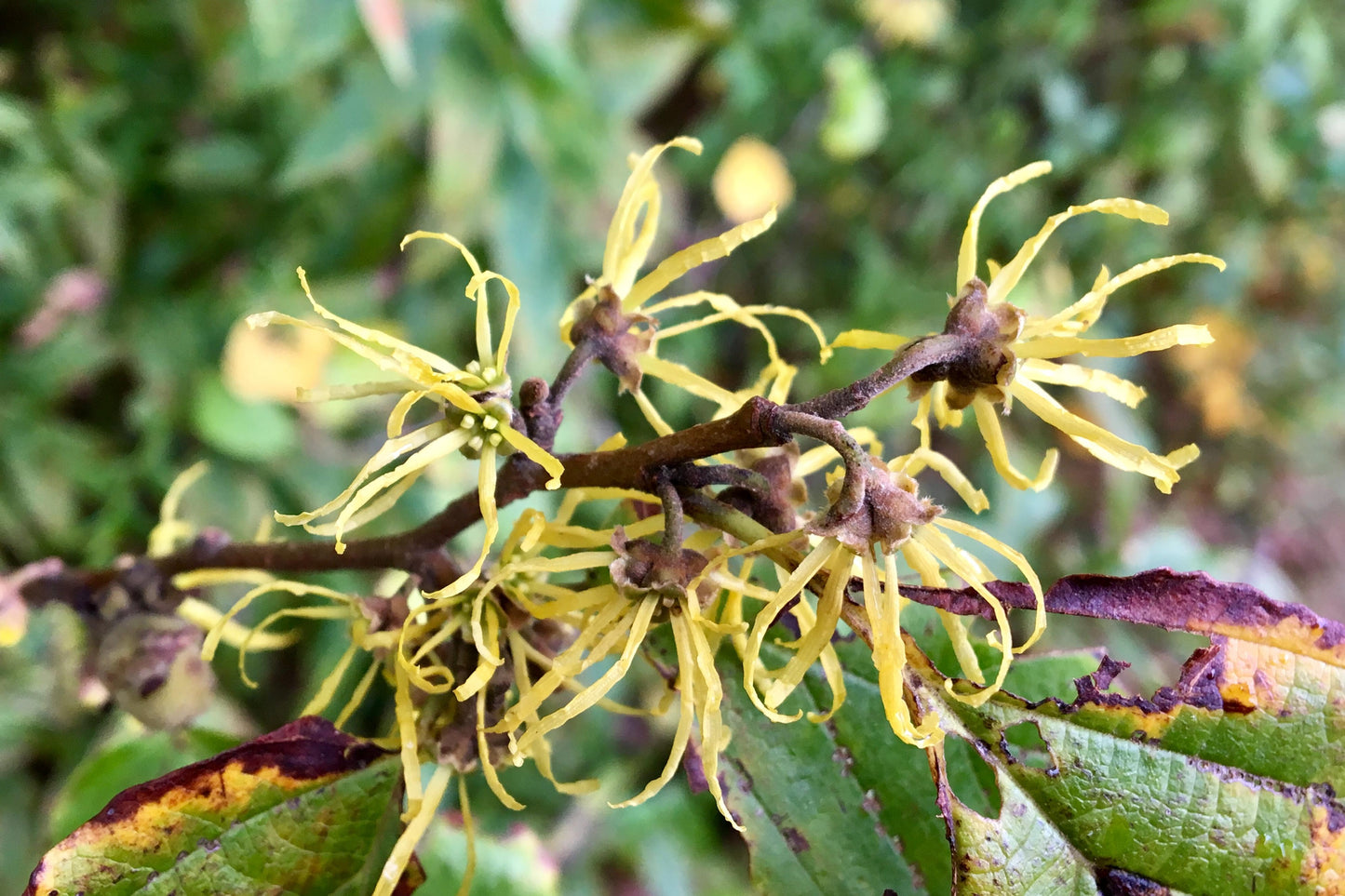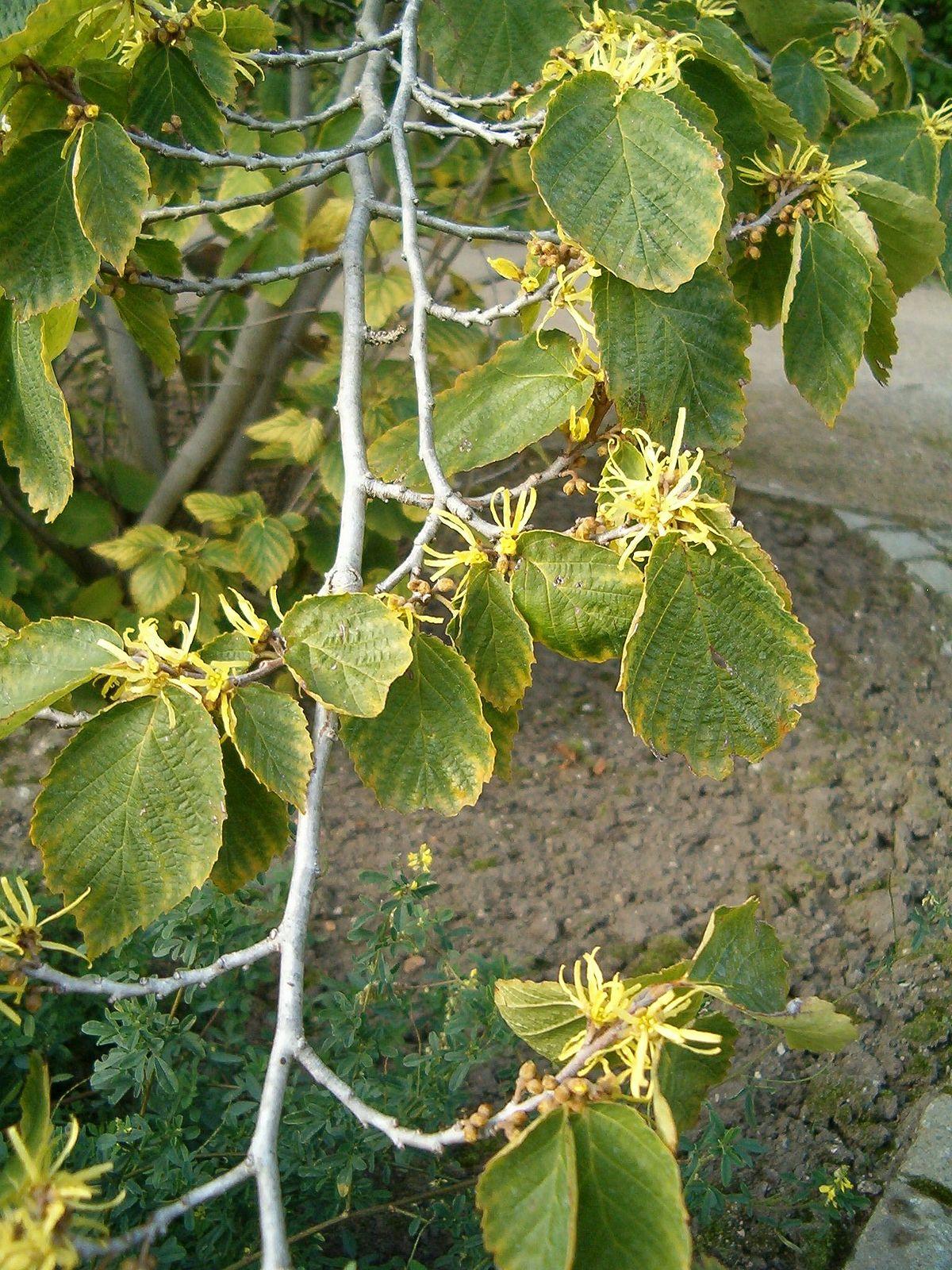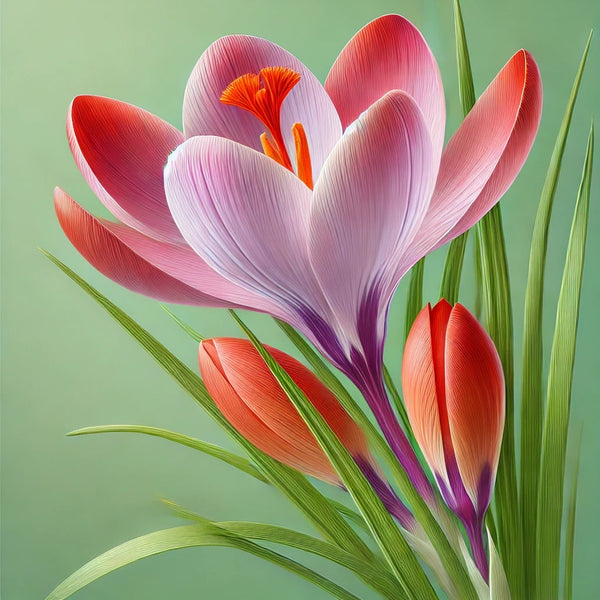1
/
of
14
Common Witch-hazel-Hamamelis virginiana-Ornamental Shrub for Gardens 5/6' h B&B
Common Witch-hazel-Hamamelis virginiana-Ornamental Shrub for Gardens 5/6' h B&B
Regular price
$1,480.00 USD
Regular price
$1,924.00 USD
Sale price
$1,480.00 USD
Unit price
/
per
Shipping calculated at checkout.
SKU:nsf0811-redcrocus
Couldn't load pickup availability
Hamamelis virginiana
Description
Hamamelis virginiana, commonly known as Common Witch-hazel, is a deciduous shrub or small tree native to North America. It is known for its unique yellow flowers that bloom in late fall, often after the leaves have fallen. The plant is valued for its ornamental appeal and is often used in landscaping for its vibrant autumn foliage and winter interest.
Suggested Uses
Common Witch-hazel is ideal for woodland gardens, naturalized areas, and as a specimen plant in mixed borders. It can also be used for erosion control on slopes and as a privacy screen.
Plant Details
-
 Botanical Name: Hamamelis virginiana
Botanical Name: Hamamelis virginiana -
 Common Name: Common Witch-hazel
Common Name: Common Witch-hazel -
 Size & Growth: Typically grows 15-20 feet tall and wide
Size & Growth: Typically grows 15-20 feet tall and wide -
 Hardiness Zones: 3 to 8
Hardiness Zones: 3 to 8 -
 Foliage Type: Deciduous
Foliage Type: Deciduous -
 Bloom Time: Late fall to early winter
Bloom Time: Late fall to early winter -
 Growth Rate: Moderate
Growth Rate: Moderate -
 Light Requirements: Full sun to partial shade
Light Requirements: Full sun to partial shade -
 Attracts Pollinators: Yes, attracts bees and butterflies
Attracts Pollinators: Yes, attracts bees and butterflies -
 Indoor Friendly: No
Indoor Friendly: No -
 Container Friendly: No
Container Friendly: No -
 Deer Resistant: Yes
Deer Resistant: Yes -
 Pet Warning: Non-toxic to pets
Pet Warning: Non-toxic to pets -
 Fragrant: Yes, mildly fragrant flowers
Fragrant: Yes, mildly fragrant flowers -
 Cut Flower: Yes, suitable for arrangements
Cut Flower: Yes, suitable for arrangements -
 Grows Well With: Ferns, hostas, and other shade-tolerant plants
Grows Well With: Ferns, hostas, and other shade-tolerant plants
Care Tips
-
 Planting Instructions: Plant in well-drained soil in spring or fall
Planting Instructions: Plant in well-drained soil in spring or fall -
 Soil Moisture: Keep soil consistently moist, especially in dry periods
Soil Moisture: Keep soil consistently moist, especially in dry periods -
 Soil Type: Prefers rich, loamy soil but adaptable to various soil types
Soil Type: Prefers rich, loamy soil but adaptable to various soil types -
 Humidity: Tolerates average humidity levels
Humidity: Tolerates average humidity levels -
 Pruning Instructions: Prune in late winter to maintain shape and remove dead wood
Pruning Instructions: Prune in late winter to maintain shape and remove dead wood -
 Winter Care: Mulch to protect roots in colder zones
Winter Care: Mulch to protect roots in colder zones -
 Planting Depth: Plant at the same depth as in the nursery container
Planting Depth: Plant at the same depth as in the nursery container -
 Fertilization: Fertilize in early spring with a balanced fertilizer
Fertilization: Fertilize in early spring with a balanced fertilizer -
 Special Care: Monitor for aphids and treat if necessary
Special Care: Monitor for aphids and treat if necessary
Share
